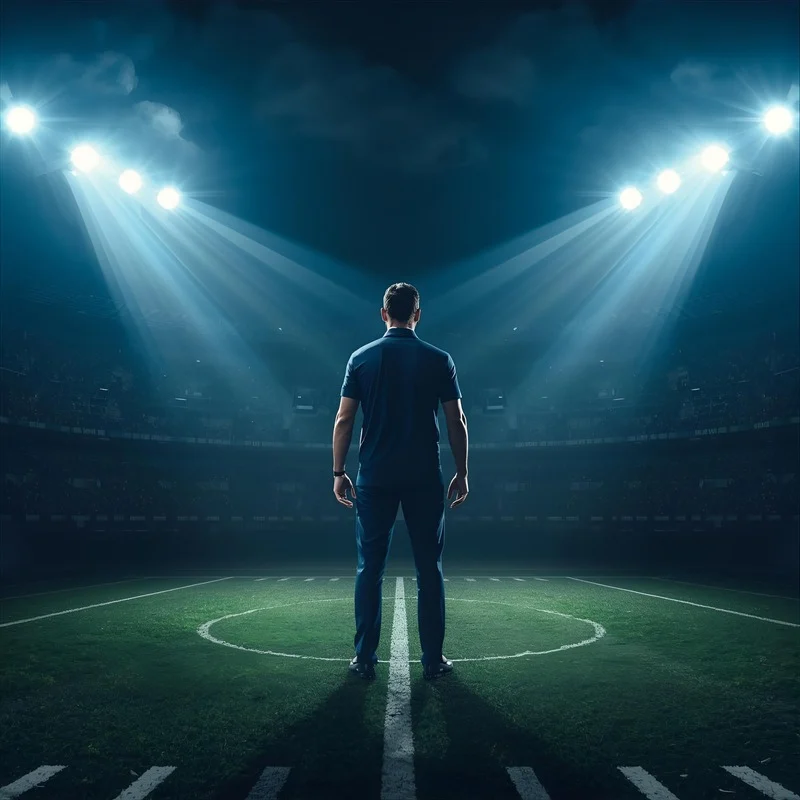Introduction to the
Training Programme
Introduction
Sports are not just about winning games — they are about building confidence, friendships, and life skills. As a coach, you have the power to create an environment where young people feel safe, supported, and motivated to grow.
The MINDPLAY programme is designed to help you connect sports with mental health
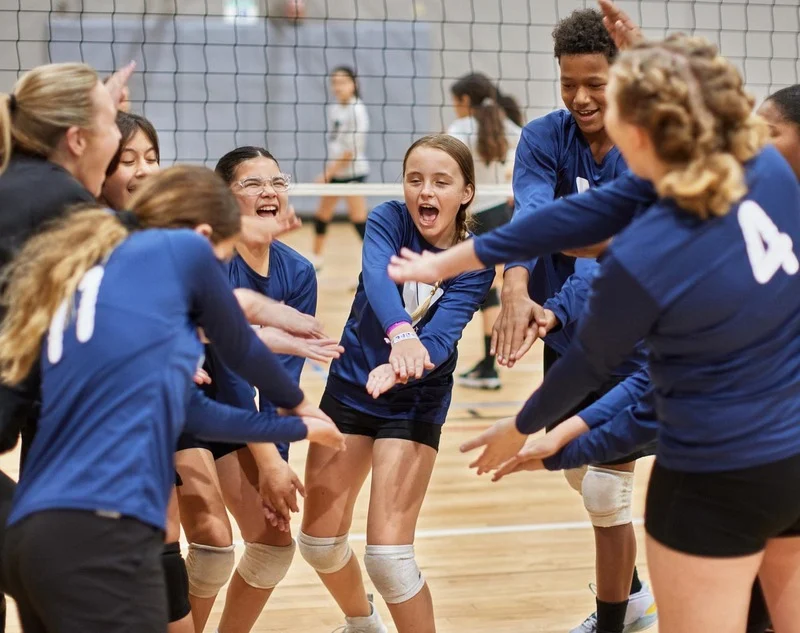
Learning Goals:
Begin the learning!
MINDPLAY hands you the ultimate toolkit, not just for coaching the game, but for guiding every step of life’s journey!
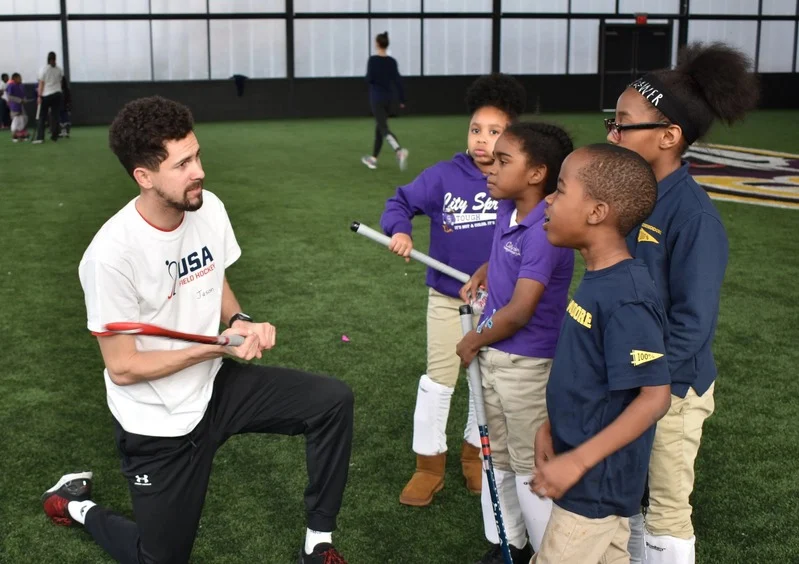
Module 1: Recognising Signs
of Mental Health Issues
Introduction
As a coach, you spend a lot of time with young people. You see how they behave in training, how they react to challenges, and how they connect with teammates. This puts you in a unique position: you might be the first to notice if something feels “off.”
Recognising the signs of mental health struggles early can make a big difference. It doesn’t mean you have to be a psychologist. It simply means being attentive, caring, and ready to guide a young person to the right support if needed.

What to Look Out For:
Normal stress
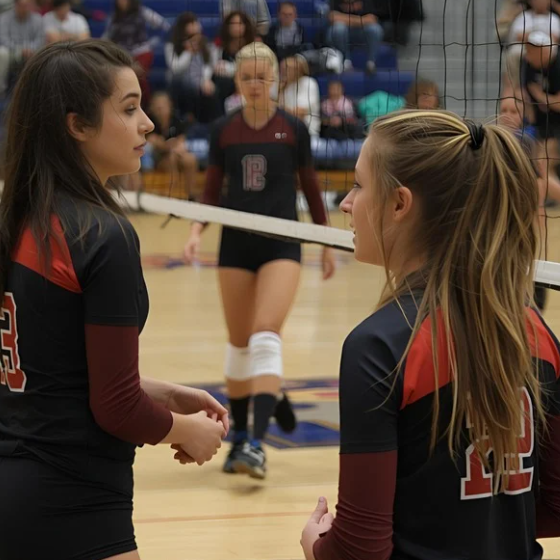
Warning Signs

How to Respond as a Coach
What Not to Do:
Practical Tips:
Exercises
Sometimes, a simple “How are you?” can be the first step to healing.
Module 2: How to Build a
Supportive Environment
Introduction
Every successful team is built on more than skills and tactics — it’s built on trust, belonging, and safety. When young athletes feel secure, respected, and valued, they perform better and also develop stronger resilience in life. A coach’s role is to shape this environment every single day.
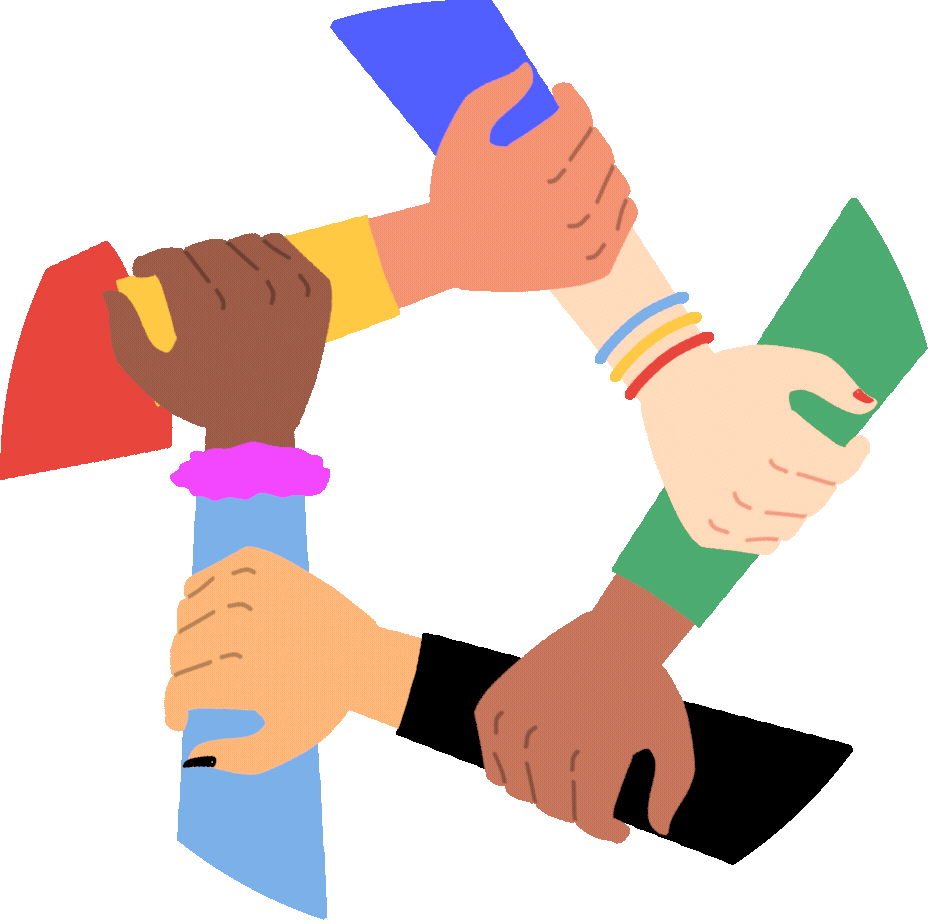
Strategies for Coaches
Why Supportive Environments Matter:
Example Scenario:
A player refuses to pass the ball to a teammate they don’t like.
How can you turn this moment into a learning opportunity?
Exercises
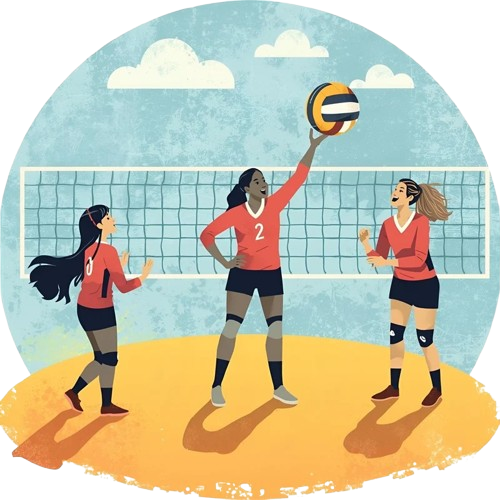
Module 3: Best Practices to
Support Young People’s
Well-Being Through Sports
Introduction
Sport is a unique tool to teach lessons that go beyond the court. Every training session can develop life skills such as communication, resilience, patience, and empathy. Across Europe, projects have shown that when coaches integrate well-being strategies into sport, young people thrive in both sport and life.

Content
Lessons from European Projects:
Life Skills Through Volleyball:
Example Scenario:
In one project, a coach rotated team captains each week. Even shy players had to take responsibility. Over time, they developed confidence, and the team became more cohesive.
Exercises

Module 4: Strategies to
Raise Mental Health Awareness
& Effective Communication
Introduction
Mental health is still surrounded by stigma. Young people may fear being judged or misunderstood if they open up. Coaches can change this by normalising conversations and showing empathy.

Content
Effective Communication Tools:
Raising Awareness in Sport:
Example Scenario:
A player confides: “I feel nervous before every match. Sometimes I can’t sleep.”
Coach response: “That sounds tough. Many athletes feel this. Let’s try a breathing exercise together before the next game.”
Exercises
Module 5: Coach’s Role Limits
Coaches are powerful role models, but they are not therapists. Understanding boundaries protects both players and coaches. Your role is to support, notice, and guide — not to diagnose or treat.
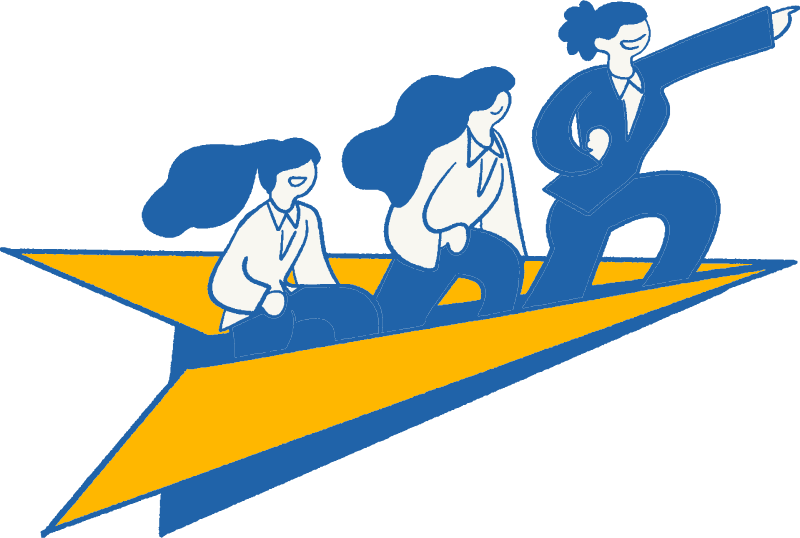
Content
What Coaches Can Do:
Protecting Yourself
What Coaches Cannot Do:
When to Refer:
Example Scenario:
If a player says: “Sometimes I wish I wasn’t here,” – this is beyond a coach’s role.
Best response: “I’m really concerned about you. I think we should talk to a counselor or parent together.”
Reflection Task:
Write down 3 situations where you would immediately refer a player to a professional.
